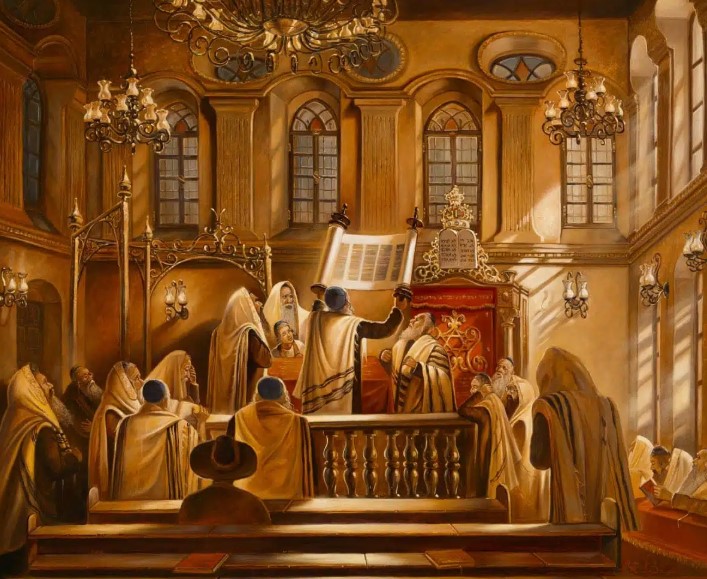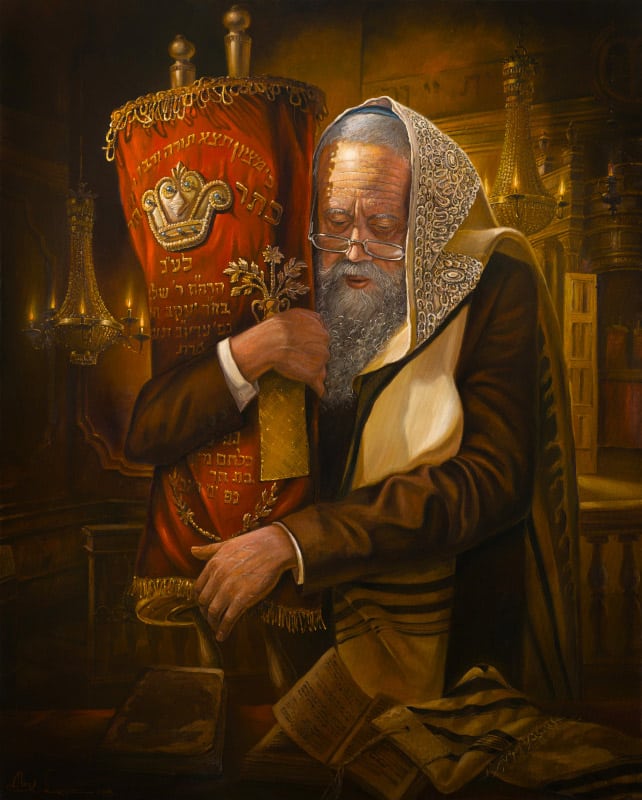
An Overview of Judaica Art Paintings and Their Role in Jewish Life
What Judaica Art Represents in Jewish Culture
Judaica art holds a special place in Jewish culture, encapsulating traditions, spirituality, and daily practices through visual expression. It reflects the values and experiences of Jewish life, portraying scenes that resonate deeply with the community. These artworks often incorporate symbols such as the Star of David, menorahs, and Torah scrolls, providing a visual representation of faith and identity.
Judaica paintings go beyond decoration; they serve as a medium for storytelling and preserving history. These works highlight significant rituals and moments, ensuring that the cultural and spiritual heritage of Judaism is passed down through generations. Many examples of Judaica art paintings beautifully capture these aspects, making them a meaningful addition to both homes and synagogues.

The Evolution of Judaica Art Through the Centuries
Judaica art has evolved significantly over time, adapting to the historical and social contexts in which it was created. In earlier centuries, much of this art was centered around religious manuscripts and ceremonial objects, often adorned with intricate designs. As Jewish communities spread across the globe, regional influences began to shape the artistic style of Judaica, blending local aesthetics with traditional motifs.
In modern times, Judaica paintings have expanded to include a variety of styles and mediums. From realistic depictions of Jewish life to abstract interpretations of spiritual themes, artists continue to find innovative ways to express the values and traditions of Judaism. Collections of the best Judaica art paintings often showcase this diversity, reflecting the rich tapestry of Jewish culture.
Characteristics of the Best Judaica Art Paintings
The best Judaica art paintings are those that resonate emotionally and spiritually with their audience. These works often feature a strong connection to Jewish rituals, holidays, and historical events, making them both personal and communal.
High-quality Judaica paintings are typically characterized by attention to detail, thoughtful use of color, and a harmonious balance between tradition and creativity. Whether depicting a family lighting Shabbat candle or a symbolic representation of Jerusalem, these artworks aim to evoke a sense of connection and belonging. The ability to bridge personal experiences with universal themes is what sets apart truly impactful Judaica art.

Examples of Judaica Art for Both Homes and Synagogues
Judaica art finds its place in both private and communal settings. In homes, paintings often depict scenes of family life, such as festive celebrations or meaningful rituals. These pieces serve as daily reminders of faith and tradition, creating an atmosphere of spirituality and cultural pride.
In synagogues, Judaica paintings take on a larger, communal role. They may portray iconic scenes like the Western Wall or symbolic interpretations of sacred texts, enriching the space with their depth and meaning. Whether placed in a living room or a sanctuary, Judaica art enhances the environment while fostering a connection to Jewish heritage.
The Enduring Importance of Judaica Art
Judaica art remains a vital part of Jewish life, providing a visual language to express values, beliefs, and traditions. Through its ability to connect past and present, it ensures that the rich history of Judaism continues to inspire future generations.
Whether through a modern interpretation or a traditional scene, Judaica paintings offer a profound way to honor and preserve the cultural and spiritual identity of Jewish communities worldwide. Their enduring relevance underscores the significance of art in shaping and celebrating a shared heritage.







